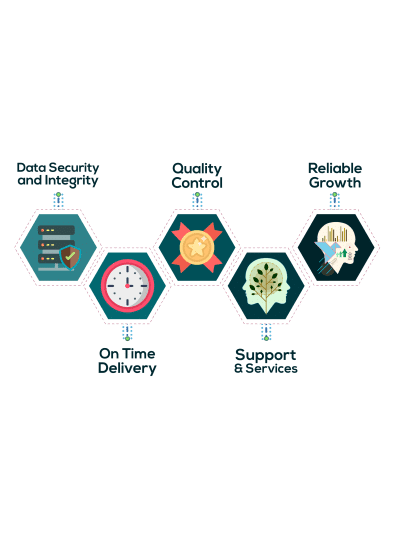
Managing Payment Process for Your Employees in the Tech Age: A Full Guide
Managing the payment process for employees has become more streamlined and efficient than ever before. However, with the plethora of tools and solutions available, it can also be overwhelming to choose the right system and ensure compliance with ever-changing regulations. This guide aims to provide a comprehensive overview of the best practices and technological solutions for managing your employee payment processes. From understanding the basic principles to implementing advanced systems, we’ll cover everything you need to know to make informed decisions and keep your payroll operations running smoothly.
Choosing the Right Payroll Software
Selecting the appropriate payroll software requires considering your business’s size, industry, and specific needs. Payroll software can automate many manual tasks, such as calculating wages, tax withholding, and generating pay stubs, thereby saving time and reducing errors. Research and compare different payroll software solutions, focusing on features such as compliance with local labor laws, ease of use, integration with other business systems, and customer support. It’s important to also consider your employees’ needs, such as the ability to access pay stubs and tax information online.
Understanding the Basics of Payroll Management
Before diving into advanced payment systems, it’s crucial to grasp the fundamentals of payroll management. Payroll entails the process of compensating employees for their work, typically including wages, salaries, bonuses, and deductions. Ensuring accuracy is paramount, as errors can lead to financial discrepancies and legal issues.
It’s essential to have a well-organized system to track hours worked, calculate pay accurately, and withhold the correct amount of taxes and other deductions. This foundational knowledge will help you navigate more complex aspects of payroll management as your business grows. It’s also essential to stay updated on relevant laws and regulations, such as minimum wage, overtime, and tax requirements.
Key Components of a Payroll System
A functional payroll system comprises several key components. First, there is employee information management, where you keep accurate records of each employee’s personal and financial data. This includes social security numbers, tax withholding forms, and direct deposit details.
Next is time and attendance tracking, ensuring that employee working hours are accurately recorded. Advances in technology have introduced digital timekeeping systems, which minimize human error and streamline this process, ensuring employees are paid correctly.
Implementing Payroll Automation
Payroll automation involves using technology to handle payroll tasks that were traditionally manual. Automation can manage everything from data entry to generating reports, significantly reducing the risk of errors and improving efficiency.
The transition to payroll automation may require initial investment in software and training. However, the long-term benefits, including time savings, accuracy, and the ability to scale with your business, make it a wise investment.
Ensuring Compliance with Regulations
One of the most challenging aspects of payroll management is staying compliant with constantly evolving federal, state, and local regulations. Non-compliance can lead to hefty fines and legal trouble, so it’s crucial to stay updated on the latest requirements.
Employing payroll software that automatically updates to reflect regulatory changes can help ensure compliance. Additionally, regular training and consultation with legal experts can safeguard against issues and keep your payroll practices lawful.
Best Practices for Effective Payroll Management
Adopting best practices in payroll management can greatly enhance efficiency and accuracy. Regular audits of payroll processes help identify and correct discrepancies, ensuring accurate and timely payments.
Clear communication with employees about payroll policies and procedures is also vital. Transparency in how pay is calculated and what deductions are made fosters trust and reduces confusion. By following these best practices, you can maintain a high level of satisfaction among your workforce and streamline your payroll operations.
Leveraging Data Analytics in Payroll Management
Incorporating data analytics into your payroll management process can yield significant benefits. By analyzing payroll data, you can gain insights into patterns and trends that may affect your business. For example, you might identify periods of high overtime, allowing you to make staffing adjustments to optimize productivity and reduce costs.
Data analytics can also help in forecasting payroll expenses more accurately, aiding in better budget planning and financial management. Furthermore, identifying any recurring errors or discrepancies in payroll through data analytics can lead to more efficient and accurate payroll processes. It’s essential to regularly review and analyze payroll data to drive informed decision-making and improve overall performance.
Managing the payment process for your employees in the tech age requires a combination of knowledge, technology, and best practices. By choosing the right payroll software, understanding the basics of payroll management, implementing automation, ensuring compliance with regulations, adopting best practices, and leveraging data analytics, you can streamline your payroll operations and ensure accurate payments for your employees. Stay updated on industry developments and continuously evaluate and improve your processes to stay ahead in this fast-paced digital world.




